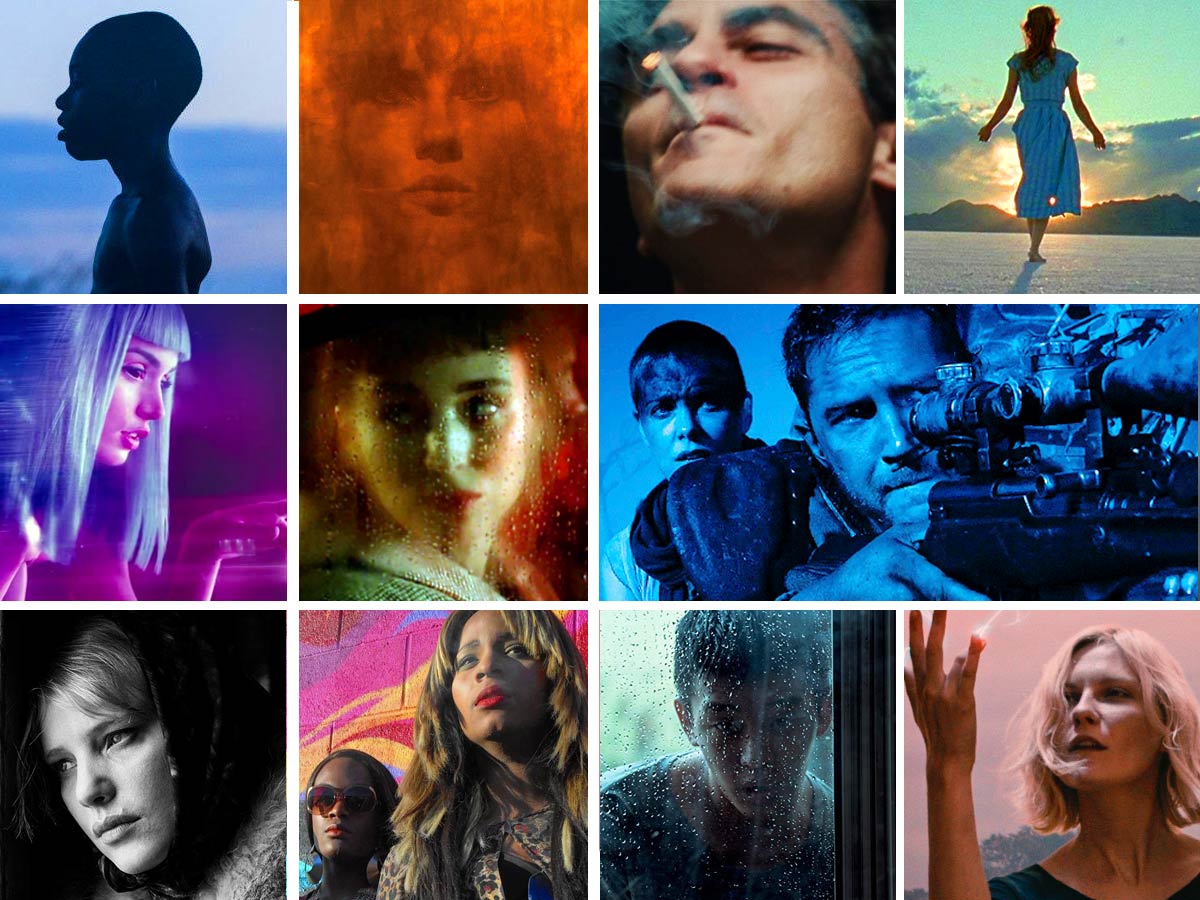promotional image
7 Oktober 2025 dans Uncategorized | von fazli
Promotional image
What does retro style mean? Retro or vintage design refers to a broad range of graphic design styles which lift influences and inspiration from different historical eras and retro style design, from mid-century modern graphic design and 50s art styles to vintage 70s graphic design here.
2 Christmas Tree Printables One of these lovely artworks prints shows a huge pine tree in its natural setting with mountains in the background. A couple sits on a log in the foreground. The colors on this one are softer green, grey and brown tones.
More than Art Deco, Mid-Century Modern is much more of its time, and less contemporary in style a result. By using elements of the style, you will immediately make a design appear more 1950s, which coincidentally is a growing trend across product and graphic design right now. Look to mid-century illustration or 50s design elements, such as diner fonts, to give your designs instant retro graphic design style.
Cinematic artwork
Her first appearance shows her in her simplest form, her long red hair as her only cover. Just like in the Italian painter’s masterpiece, Venus emerges from the water in a scallop shell, drawing all the attention to herself. Jupiter’s daughter, as well as Tremis, hasten to cover her to hide her beautiful appearance. The position is identical, reminiscent of an ancient Greek statue.
The Pre-Raphaelite painter John Everett Millais had already depicted a similar scene in his work “Ophelia” (1851-1852). Ophelia, an iconic character from Shakespeare’s tragedy “Hamlet,” peacefully floats on the water, giving rise to a moment that is both gentle and mortuary. Surrounded by lilies, Justine (like Ophelia) already appears distant—has she already departed this world?
Despite flopping financially, the 1981 film Pennies From Heaven garnered critical acclaim from the audience. Featuring four paintings recomposed as tableaux vivants, Ross’s romantic drama allowed cinematographer Gordon Willis to create the stylized mythology of the Depression that it turned out to be (Kael, 1984). Film critic Pauline Kael noted, “…there was never a second when I wasn’t fascinated by what was happening on the screen.” (Kael, 1984)
By utilizing these resources, you can deepen your understanding of how cinematic techniques enrich painting and appreciate the innovative works that emerge from this interdisciplinary approach. The ongoing dialogue between film and painting continues to inspire and challenge artists, pushing the boundaries of what visual art can achieve.
Nighthawks (1942) is perhaps Hopper’s most iconic painting, epitomizing his cinematic style. The composition, featuring a brightly lit diner in an otherwise dark and deserted urban landscape, creates a stark contrast that draws the viewer into the scene. The careful arrangement of figures and the use of light and shadow contribute to a sense of suspense and intrigue, reminiscent of a film noir setting. The viewer is left to wonder about the lives of the diner’s occupants and the narrative that has brought them together in this moment.

Classic artwork
Several scholars believe that the two characters in the picture symbolize Frida’s blended background. Guillermo Kahlo, her father, was German, and Matilde Calderon, her mother, was Mexican. Another explanation is that the Tehuana Frida was cherished by her husband Diego Rivera, whilst the European Frida was spurned by him.
Thomas Eakins’ strong attachment to his birthplace became a recurring topic throughout his career. The Gross Clinic, a painting produced in 1875 that features local physician Samuel David Gross, is perhaps his most well-known and grandiose effort for the city of Philadelphia. The scenario features Gross supervising a surgical procedure and teaching to a group of medical students, referencing Rembrandt’s art-historical predecessor The Anatomy Lesson of Dr. Tulp (1632).
Some decode eroticism or hidden symbolism but Cezanne insisted on emotive focus purely through plastic means like color, line and planar geometry. He distilled chaos into essential order, realizing artistic aims left incomplete at his death that opened future pathways. Cubists and Fauves adapted his style while abstract artists built upon the dignity and universalizing spirit in his stoic bathers reposing against turbulence.
We have a free newsletter and would love you to be part of our community; you can subscribe to the newsletter by clicking here. I would be happy to talk to you if you have any questions. You can reach me, Anita, by clicking here.Subscribe to our Anita Louise Art YouTube Channel with great videos and information by clicking here.
Critics argue whether their radical minimalism illustrates the fragility of personal perception or more universal rhythms. Begun during WWI and then continued despite debilitating cataracts, the iterative Water Lilies reconciles surface fluctuations with deeper balance – the stillness of motifs mirroring constancy within change. Their meditative focus catalyzed modern art’s expanded experimentation.
The image displays a crowd gathered in an orange grove. One of the first things to note is how little viewpoint is being used; whereas the bushes to the left and right provide some environmental perspective, we really do not see the one-point linear point of view that certain early Renaissance artists used so successfully in the 15th century.

 gefällt mir
gefällt mir